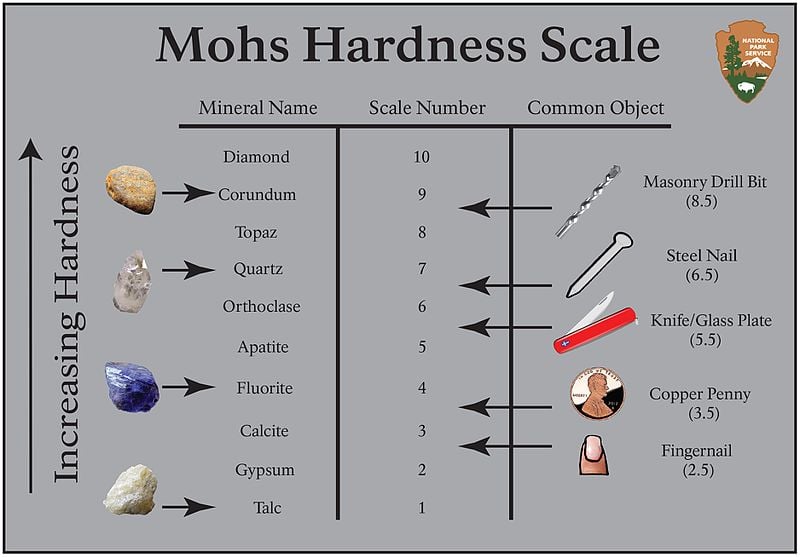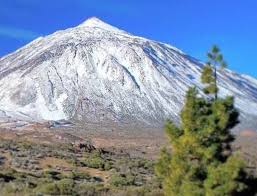NATURAL SCIENCE - Materials and their characteristics
Hi, Biodiversos!!!
This is the second part of the theory for this week. If you understand what you have in the book, it is ok, but here you are some videos, photos and explanations to make it clearer (I hope...😋).
MATERIALS
Firstly, I have seen a video of a song that you may like, as you are so good singers...
In this video, you have seen different types of materials. Some of them are natural materials, because they come directly from an animal, from a plant or from a mineral/rock. Others are manufactured materials, because we need to transform a natural material to obtain them.
For example, wood is a natural material. We can make a table with it, cutting and modelling, but that table is still made of wood.
But, if we make wood go through some transformations, we obtain paper, which is a complete different material.
PROPERTIES OF MATERIALS
When you need to build anything, you have to know what it is for and then choose the correct materials. For example, if I want to build a house, I am not going to use wool, but bricks of clay could be a good option; on the other hand, a jumper made up of clay would be a very strange thing...
The use of the material will be determined by its properties, which is the scientific name we give to their characteristics. I am going to leave some videos and photos here, to complement the ones in your book.
Colour
The colour of the objects depend on light. Light is energy and all energy can be absorbed. The light we normally see is called white light, and it contains all the colours in it (as the rainbow shows us when it rains). Take a look to these pictures to see what happens:

In this picture, you can see that the white light (the rainbow) reaches the leaf. It absorbs all the colours except the green light, which is the one that we see. Isn't it amazing?
Hardness
Hardness tells us how difficult is to scratch (in Spanish, "rayar") and to change shape. Let's watch some videos to help us...
In this video, you have seen that, when we squeeze objects, some change shape (sponge) and others don't (rock). That is one of the differences between hard and soft materials.
Other way to compare hardness is the one described in the following video. You don't have to watch it all, and you don't need to understand what they say. The most important thing is what you can see: how some materials can scratch others.
In the following picture, you will see a chart comparing some rocks (on the left) and some common objects (on the right); the higher the scale number is, the harder the material is. This is just for curious kids:

Resistance
This is an easy property. What happens if I throw these two objects from the table to the floor??

Exactly!!!! The glass will break and the stone will remain the same. This is because the glass has a low resistance (it is fragile) and the stone has a high resistance (it is resistant).
Elasticity
This is the property some materials have to be deformed, but they return to their original shape when you stop stretching them. These are some examples:
 |
| Rubber band |
 |
| Spring |
Thermal conductivity
This property refers to those materials that heat easily, which are thermal conductors, and those which don't heat easily, which are thermal insulators. Watch this video for further explanation:
Solubility
When we want to cook, we normally add salt to the food. But then, when food is ready, we don't see it anymore. Why does this happen?? Because salt is soluble in the water we use for cooking. But if we add spaghetti to the water, they dont dissolve, because they are insoluble.
Watch this video of an experiment. You can do it at home, too. Just tell me if anything different happens...
That's all, folks!!!! Tomorrow I will upload the activities for the week, because maybe you need to think about all this information before starting to work.
Let's go, little scientists!!!!

El vídeo Thermal conductivity no se puede abrir.
ResponderEliminares verdad :(
EliminarHi!!!
EliminarYou are right... 😔 But if you click on "Disfruta de este vídeo en Youtube", you will be able to enjoy it. I can, at least...
Este comentario ha sido eliminado por el autor.
Eliminar